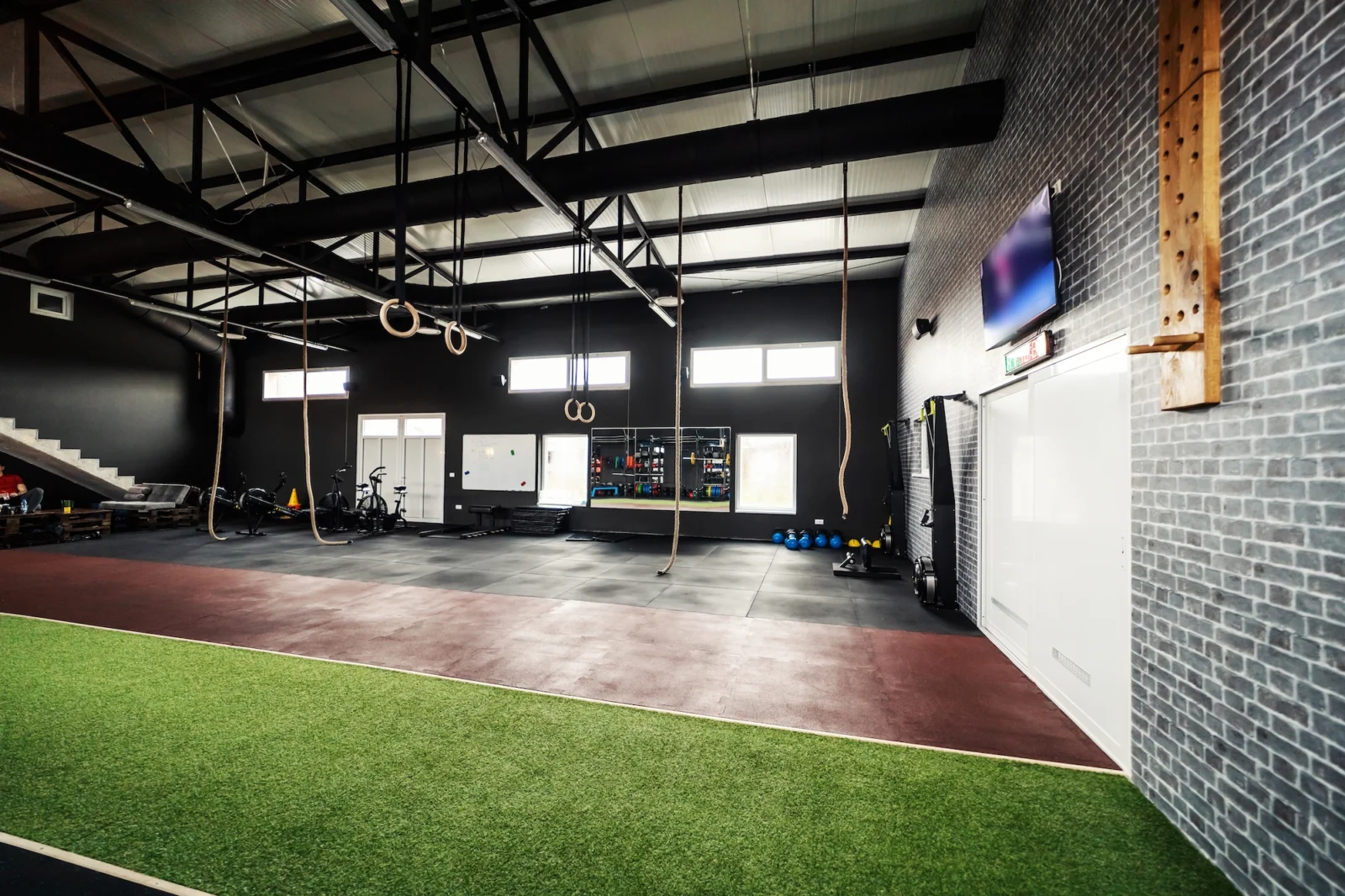Featured on Franchise Corner
View More
What Private Equity Firms Look for in Fitness Franchise Groups

Here’s how leading private equity firms evaluate potential investments in the fitness franchising space
As more people head back to the gym, private equity firms are seeing an opportunity to stake their claim in fast-growing fitness franchise groups in 2024.
Multiple gym franchises, ranging from no-frills fitness centers to children’s gyms have seen an influx of private equity dollars, and that trend stands to continue — just as confidence in at-home workouts like Peloton continue their downward spiral.
“There has been a sizable infusion of private equity cash over the last couple of years in the franchise space. This has been especially evident in subscription-based businesses such as fitness centers,” said Carolyn Collins, franchise fitness vice president of sales, Mitsubishi HC Capital America.
But with more investment also comes more competition, and fitness franchises will be up against other similar concepts when they’re aiming for private equity attention. How can they stand out as the right franchise to invest in and what’s inspiring private equity firms to invest in fitness right now? Here are five factors that are leading the wave.
Proof of Concept
“PE firms focused on control leveraged buyout (LBO) are generally looking for at least $3 million of earnings before interest, taxes, depreciation, and amortization (EBITDA) achieved through proof of concept across enough locations in different geographies to support management’s forecast,” explained Jon Canarick, managing partner at North Castle Partners.
Generally, they aren’t looking for a high-risk investment in this space. This is a proven market and, for an investment to be worth their time and funds, it needs to have shown that it can succeed in a crowded marketplace.
Multiple Revenue Opportunities
Opening new locations generally is not enough to attract serious private equity cash. There have to be other revenue streams available within this opportunity.
“I would like to see a viable path to a minimum of $500 million of system-wide revenue, such that at a 7% royalty there is a minimum of $35 million of recurring royalty revenue supported by other revenue opportunities beyond the initial franchise sale,” said Canarick. He explained that Orangetheory not only has their business model with workout classes, they also make money off of the heart rate monitors they sell.
“You want to believe a business can generate at least $15mm of EBITDA and be enticing to a consolidator or an exit path,” added Canarick.
Successful Franchisees With Viable Returns
The best way to determine viability to $500 million is to see a proven track record of successful franchisees, with Canarick noting that translates to at least 85% of franchisees as successful.
“I want to see a strong return on invested capital, which could be making $150,000 per year. This would in theory allow the franchise to hire a new general manager while they open a second location so that they can build a real business,” said Canarick.
Low average EBITDA models generally won’t tempt private equity investors, and $150,000 is a general minimum to get a meeting. Three hundred thousand dollars is going to be more appealing to most private equity firms, though that is not required.
What doesn’t count as successful? Canarick noted that spending $250,000 to open a location and making $50-$75,000 a year is not good enough for private equity investment.
Large Enough Sample Set of Locations
“In terms of locations, we like to see a large enough sample set in enough varied geographies to have confidence that the franchise can continue to grow,” said Mark Grabowski, managing partner at Snapdragon Capital Partners.
Multiple locations in the same city may not be enough to attract a private equity investor since they can’t be confident this is not a niche product that’s only serving a small geographic region. They want to see proven success across multiple cities, ideally across diverse locations.
Qualitative Validation
Not everything will come down to numbers. Some of the reasons to invest will come from personally believing in the product and hearing that the consumers have also bought in.
“It all starts with the consumer. Do you have a business that delivers a great value proposition to the consumer? We look for quantitative and qualitative validation of consumer affinity for the brand,” said Grabowski.
He wants to see profitability, of course, but you can’t necessarily measure customer satisfaction and whether they love the experience, franchisee relationships, or a franchisor’s interest in growing — and all of these play a critical role in how successful an investment will be.
“We want to hear what franchisees are saying about the franchisor and their experience with the brand,” added Grabowski.
Bringing It All Together
When all of these factors come together, that’s when a private equity firm will decide it’s worth having a conversation and entertaining the idea of investing in a fitness franchise. And, in 2024, there will be many more of these conversations, but also many more competitors. Those who focus on strengthening each of these areas will rise to the top.



